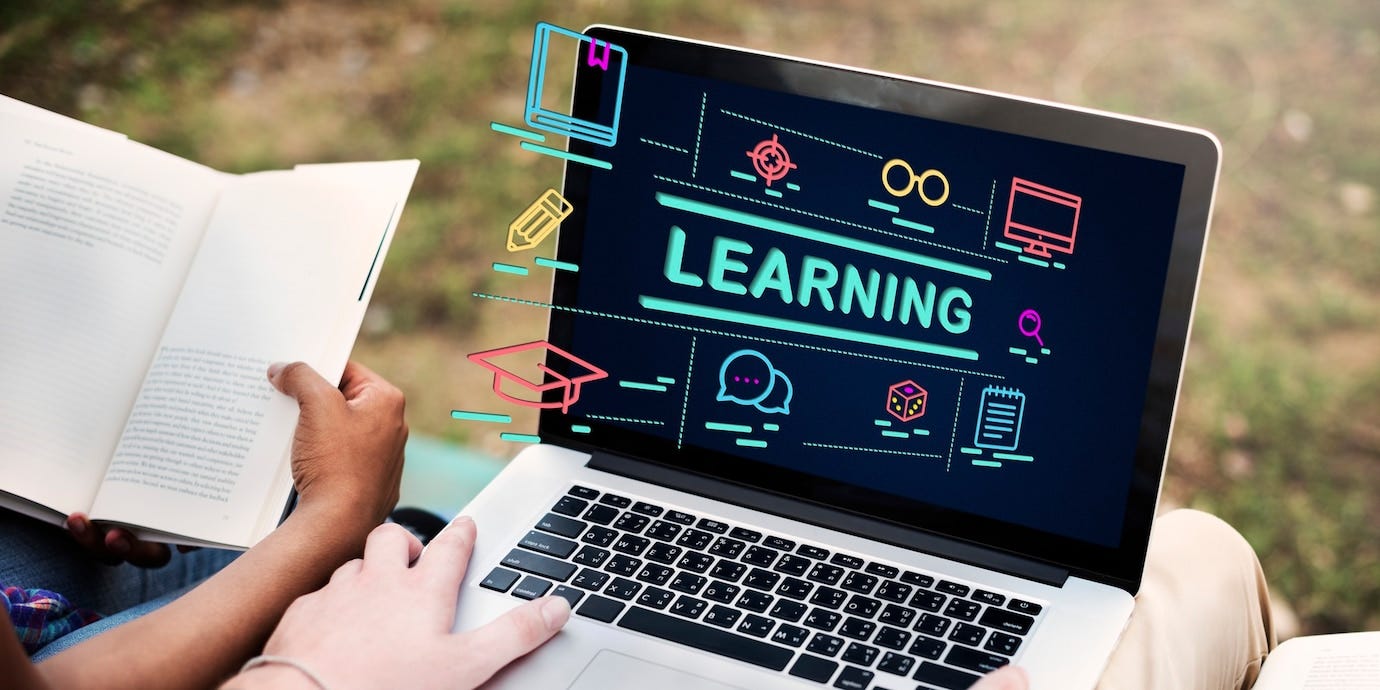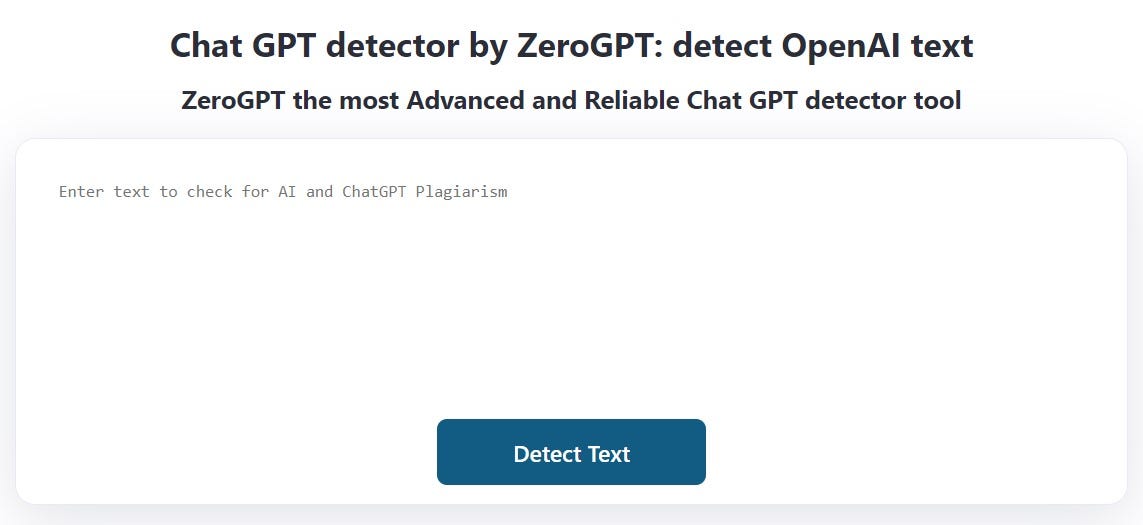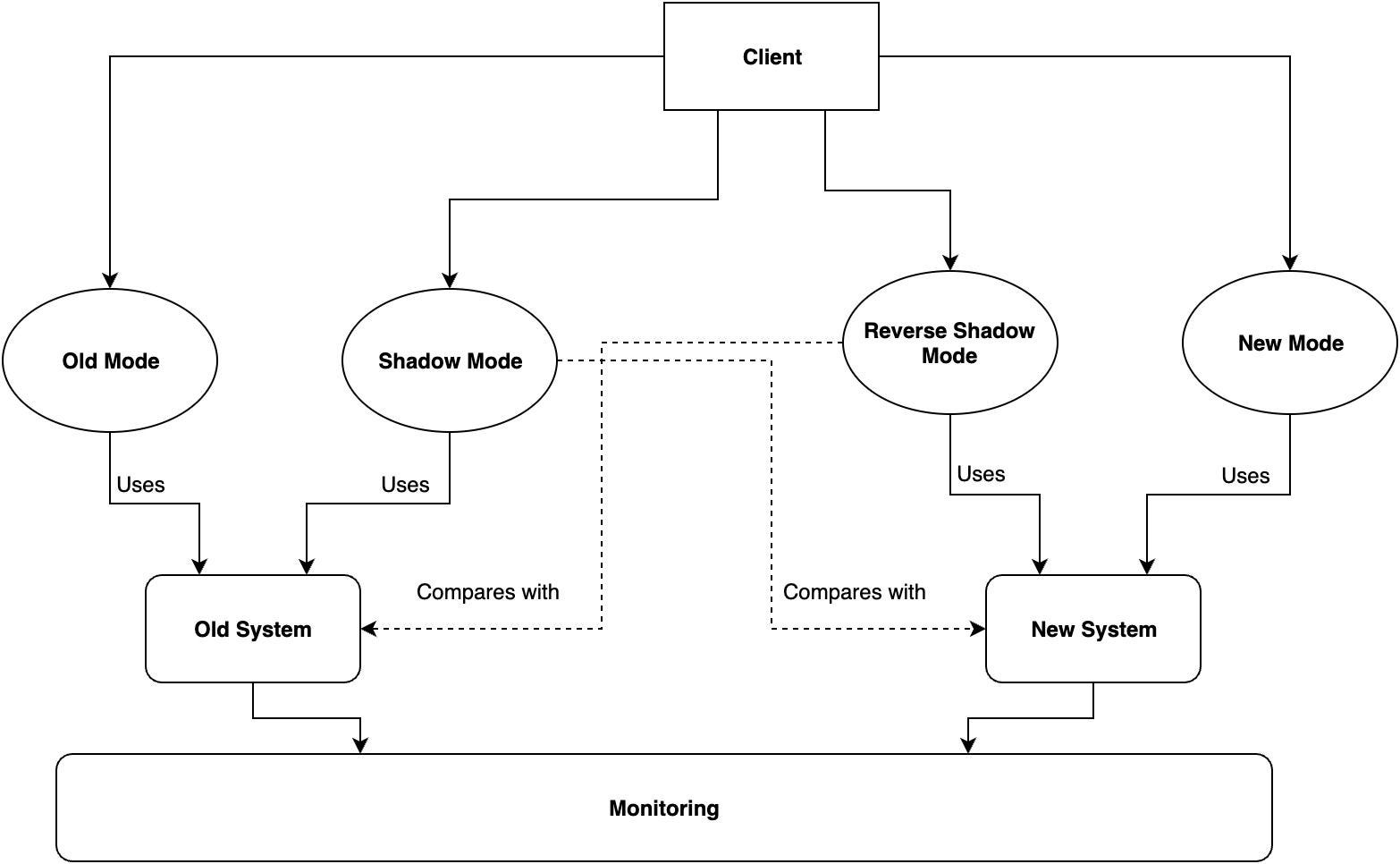In today's fast-paced digital world, educational software and creative tools have revolutionized the landscape of student teaching. Gone are the days of relying solely on textbooks and lectures. With the advent of modern technology, educators now have an array of powerful resources at their disposal. Whether it's templates for designing worksheets and posters or storyboarding software - StoryboardThat and similar platforms provide these means to help teachers engage and inspire their students.
This post will explore everything you need to know about modern educational software and creative digital tools. We'll cover their growing popularity, the definitive benefits they offer, the potential challenges they may pose, and how educators can effectively leverage these resources in their teaching repertoire. Let's begin!
Reasons for Skyrocketing Popularity of Educational Software and Digital Tools
Dedicated software and various digital tools for educational purposes have witnessed an exponential rise in recent years. As students become increasingly familiar with technology outside the classroom, integrating such resources into the educational setting becomes not only relevant but also essential. Studocu AI tools, which combine shared learning materials with intelligent study assistants, demonstrate how digital innovation can make education more interactive, accessible, and efficient. Interactive apps, virtual simulations, multimedia presentations, tailored storyboards, and collaboration platforms have become the new normal.
Definitive Benefits of Usage
Utilizing educational software and digital tools in the learning process delivers a range of benefits for students.
Matching to Diverse Learning Styles
First of all, these contemporary resources have the inherent advantage of catering to diverse learning styles. Visual learners can benefit from interactive visual aids, while auditory learners can engage with audio recordings and podcasts. Kinesthetic students can explore hands-on simulations, and reading and writing learners can utilize digital textbooks, note-taking apps, worksheets, and storyboards. Overall, by accommodating different learning styles, new educational means create a more inclusive and effective environment for study.
Encouraging Active Participation
Active participation is crucial for deep understanding and the retention of knowledge. And special educational software and tools allow students to actively join the learning process. Through interactive quizzes, virtual experiments, or real-time feedback mechanisms, learners are encouraged to study with excitement, complete tasks faster, and participate more actively in their educational journey.
Enhancing Engagement
Engagement is a key factor in successful learning outcomes. New educational resources have the ability to captivate students' attention and make the learning experience more enjoyable. Gamification elements, immersive virtual reality adventures, and interactive simulations transform traditionally passive activities into more fascinating ones. Another remarkable example of such resources is ABCmouse, which offers online games that make spelling fun, effectively enhancing student engagement and making the learning journey enjoyable for young learners. Hence, by harnessing the power of technology, educators ignite a spark of curiosity and enthusiasm in their students.
Fostering Skills Development
In the digital age, information is readily available at our fingertips. However, the ability to analyze, evaluate, and apply this information is what sets successful learners apart. So educational software and tools not only foster subject-specific knowledge but also promote the development of vital skills.
With new, unusual means of learning, students gain valuable opportunities to think critically and solve complex problems. For instance, programming tools and robotics kits enable them to form logical thinking and algorithmic reasoning skills. Similarly, design software encourages students to think innovatively and find creative and extraordinary solutions to real-world challenges.
All in all, modern educational resources deliver an excellent platform for students to develop a growth mindset and grow and refine essential skills. Through interactive projects, online discussions, and creative assignments, learners can continuously enhance them and better prepare for future demands.
Promoting Collaboration and Teamwork
Collaboration and teamwork are important in the modern workforce. With the new digital teaching resources, educators can facilitate cooperation and teamwork-building among students, regardless of physical proximity. There are many ways to do this, whether via virtual classrooms, shared workspaces, or online collaboration platforms. All of these enable students to work together on projects, communicate ideas for completing tasks, collectively solve problems, and provide real-time feedback, regardless of geographical barriers. Ultimately, such a fresh approach to teaching any subject prepares learners for the collaborative nature of the real world.
Are There Any Challenges?
While the benefits of educational software and creative tools are undeniable, there are some challenges that educators should navigate. Some of the hurdles that they may encounter include the following:
- technological glitches;
- limited access to devices and the internet;
- the need for training and support, etc.
It's essential to address these difficulties proactively, ensuring all students have equal opportunities to access and utilize these digital resources.
How to Leverage New Resources in Teaching Repertoire
Educators need to follow a few key steps to effectively leverage various educational software and tools in their teaching repertoire. First, they should familiarize themselves with the available options and select those that align with their teaching objectives and students' needs. Next, educators should provide guidance and training to learners, empowering them to navigate and utilize new learning resources effectively.
Regularly incorporating contemporary software and tools into lessons, assignments, and assessments will strengthen students' integration into the learning experience. In addition, educators should remember to seek feedback from them and continuously modify and adapt their approaches to optimize the benefits.
Drawing a Conclusion
The educational space is ever-evolving, and dedicated software and tools have emerged as powerful allies for student teaching. They empower educators to create dynamic and enriching learning environments. While challenges exist, with proactive measures and a learner-centered approach, they can unlock the full potential of modern resources, equipping their learners with the skills and knowledge they need to thrive in the digital age.



